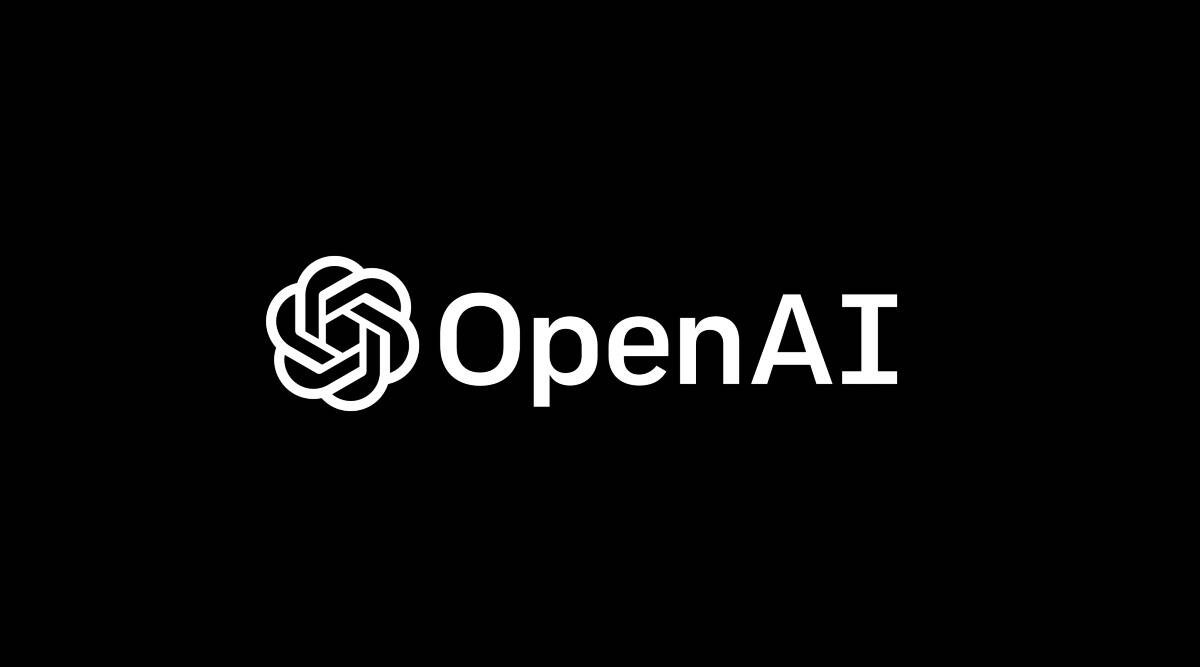An Overview of Large Language Models and OpenAI

Overview of Large Language Models
To be able to understand large language models, we need to take a sneak peek at some other concepts first of all.
The first would be the Language model; a language model is a probabilistic statistical model that determines the probability of a given sequence of words occurring in a sentence based on the previous words. This model is a crucial and integral part of Natural Language Processing. We come across language models regularly, such as the predictive text input on our cell phones or a basic Google search. Therefore, language models are a key element of any Natural Language Processing (NLP) system.
The next concept is Neural Networks; neural networks or artificial neural network as it is originally called is based on biological neural networks within the brains of animals. To digress a little, the brain is made up of a large number of neurons and synapsis that interconnect them, this interconnected system that is wired around the human body has everything to do with our ability to learn, feel, remember and do much more. In contrast, an Artificial Neural Network is made of nodes also known as artificial neurons which are also interconnected with one another via what is known as edges, used to transmit signals of real numbers that are computed with non-linear functions when received at the nodes, this node based on the amount of computed data are measured in weights. Artificial neural networks are used in image recognition, machine translation, and many other areas within the AI and Machine learning space.
Lastly is self-supervised learning; just as the name implies, a system that possesses a self-supervised model can com learn new patterns with little or no input. Self-supervised learning is a machine learning paradigm that can process unlabeled data and generate useful representations that can help with downstream learning. Downstream learning is a type of machine learning that focuses on the task at hand, such as making predictions, rather than on understanding the underlying data.
Having an idea of these concepts makes it easier for us to define a large language model as a language model that consists a of neural network which is trained on large quantities of unlabeled data using self-supervised learning. Large language models are a form of AI that is trained on large amounts of text data. They learn the structure of language and can make new text that has the same style and content as the original. This is what powers modern NLP applications, like machine translation, question-answering, and chatbots. They can also be used to create original content like stories and articles. To make these models, deep learning is used and they are usually trained on special hardware, such as GPUs. These models are often intricate and need a lot of data to work correctly.
OpenAI and Its Role in Language Modeling
WHO OR WHAT EXACTLY IS OPEN AI?
OpenAI was established in December 2015 by Elon Musk, Sam Altman, and other powerful figures. Its mission is to advance artificial general intelligence (AGI) in a way that is beneficial to humanity. Through its research in deep learning, robotics, and reinforcement learning, OpenAI has created open-source software tools, such as the OpenAI Gym platform, OpenAI Five, and GPT-3. It is funded by venture capital, private donations, and grants from tech companies like Microsoft and IBM. Since its inception, OpenAI has been a leader in the development and promotion of AI research.
In 2019, OpenAI changed from a non-profit to a for-profit company, where profits are limited to 100 times any investment. This means OpenAI can legally accept investments from venture funds, and also provide employees with a share in the company. Before the transition, OpenAI had to publicly disclose how much its top employees were being paid.
OpenAI’s Contributions to Language Modeling
OpenAI has contributed to language model development in several ways. One of the most significant contributions was their development of GPT-3, a language model with 175 billion parameters that can generate human-like text. They also released an API for their model so that anyone can access and use it in a variety of applications. OpenAI has also developed several other language models, including the Transformer model, which uses attention-based neural networks to generate text. In addition, they have released several datasets and other resources to facilitate research in language model development.
Let’s take a moment and talk more about GPT-3 as it is one of the more popular contributions of OpenAI to the world of NLP. GPT-3 (Generative Pre-Trained Transformer 3) is an autoregressive language model that uses deep learning to produce human-like text. Don’t be spooked by the word “autoregressive”, it is a statistical model that can predict future occurrences based on past events. GPT-3 is trained on a dataset of 45TB of text, containing 45 million web pages and books.
GPT-3 uses a transformer-based architecture, which is a type of deep learning model used to generate text. It works by predicting the next word in a sentence given a context. GPT-3 is one of the most advanced and powerful language models available today and is being used in a wide range of applications, from natural language processing to robotics.
That was just to say a few about the strengths of GPT-3. GPT-3 is at the core of the famous ChatGPT released in November 2022. ChatGPT is the product of a collaboration between OpenAI, Microsoft, and the University of Washington. It is a natural language dialogue system that uses machine learning to generate conversation.
Here are some interesting things about ChatGPT;
1. ChatGPT is a natural language processing (NLP) model that enables developers to generate human-like conversations with computers.
2. ChatGPT is capable of having contextual conversations that can respond to complex questions.
3. ChatGPT can remember past conversations, allowing for a more natural conversation flow.
4. ChatGPT can use deep learning algorithms to generate responses that are more appropriate and accurate.
5. ChatGPT can be used to create interactive chatbots, allowing users to ask questions and receive responses in real time.
Conclusion
As a way of concluding I would start by saying that the world of Artificial Intelligence hit a new high with large language models via the contribution of OpenAI. Here is the reason I think so, the launch of a platform such as ChatGPT, it has kindled the interest of day-to-day business owners as well as the CEO of major brands, spurring curiosity across minds. Looking at this from a business perspective, when the interest of many is placed on anything there is an obvious business venture and a possible gold rush. To narrow it all down, both the tech-inclined and otherwise have their eyes on the world of AI and this definitely will lead to a huge amount of funding in the field, and with such funding, there will be a lot of improvement in the fields. So let us all brace ourselves as we wait for the next wave of advancements in the field which I strongly believe is lying around the corner.





